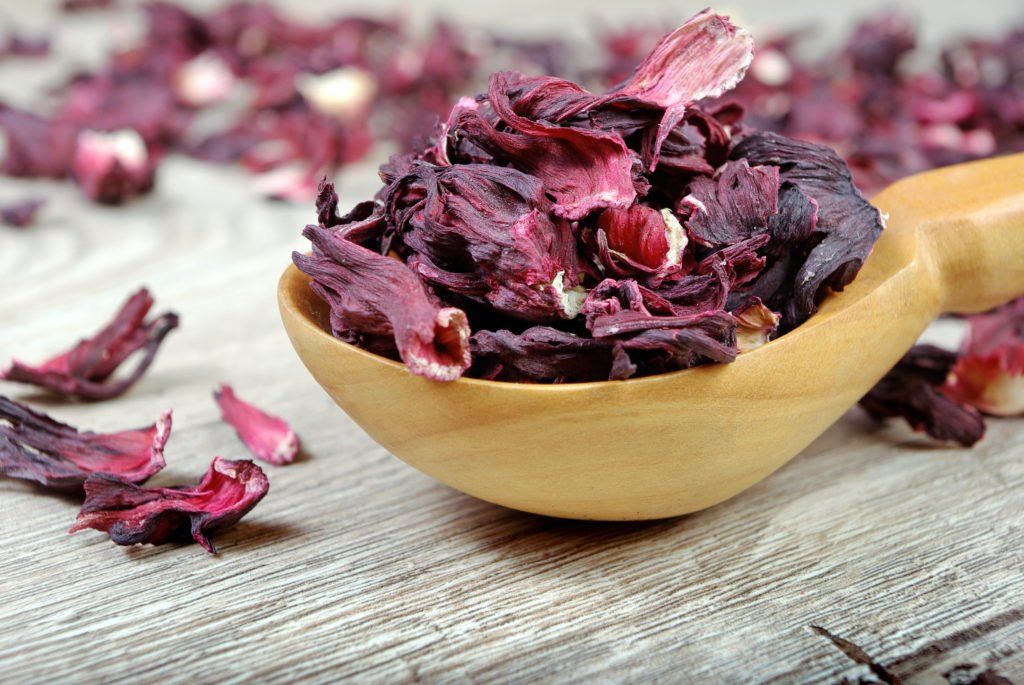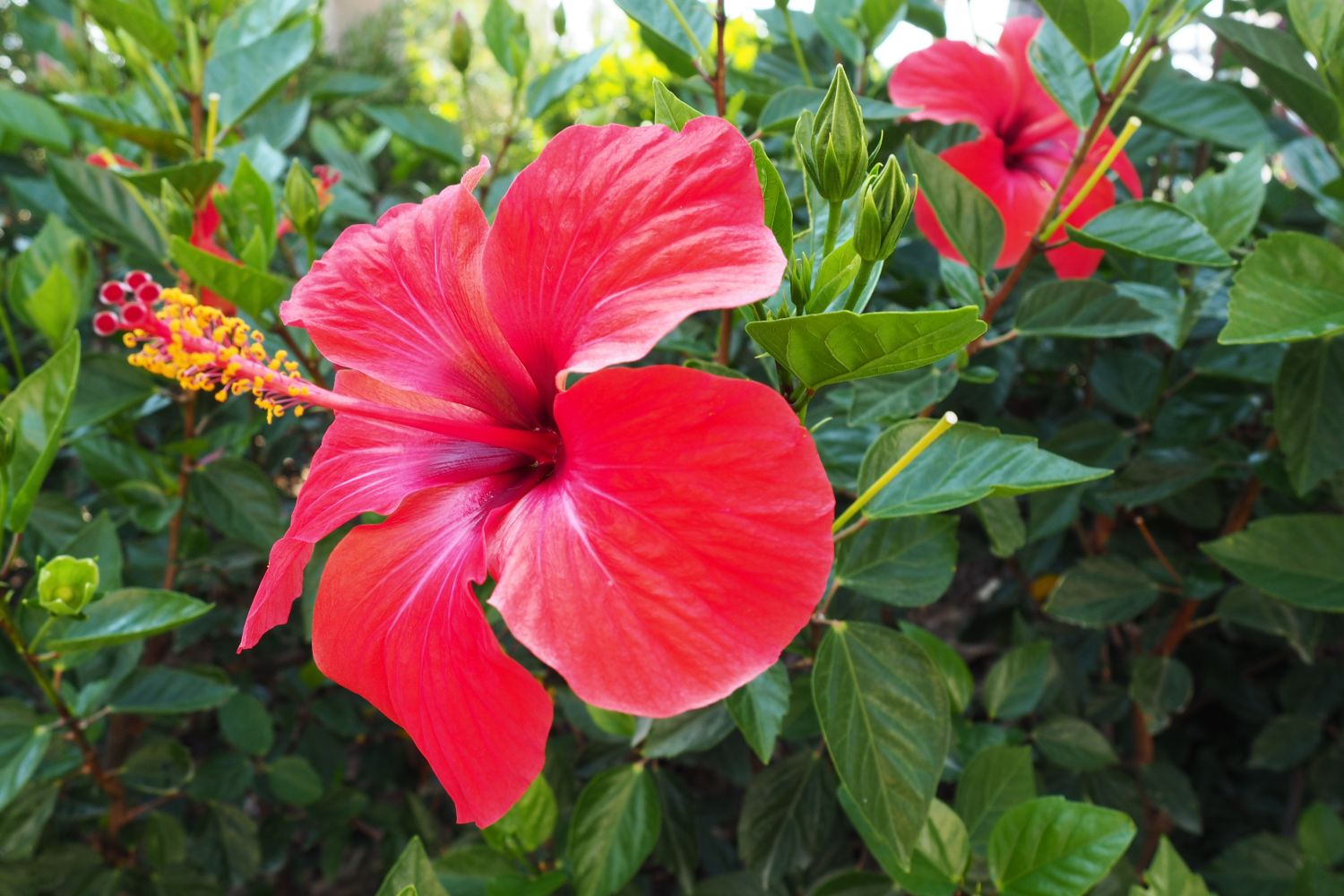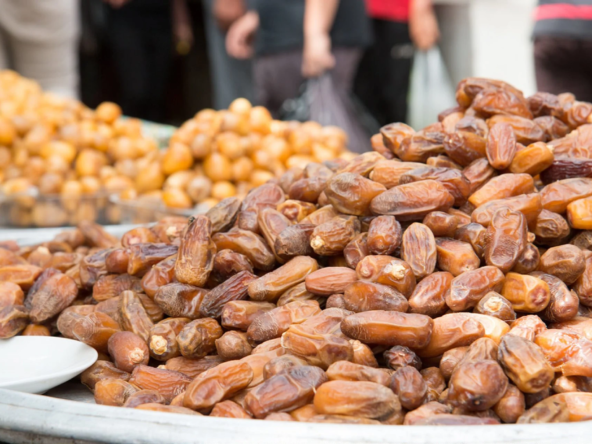Hibiscus, known for its vibrant flowers and versatility, is emerging as a promising export crop with significant economic potential. From beverages to cosmetics and medicinal products, hibiscus is gaining traction in various industries worldwide. This article delves into the multifaceted benefits of hibiscus, its current market trends, cultivation practices, and strategies to unlock its full potential as a profitable export crop.
Historical and Cultural Significance
Hibiscus has been cultivated for centuries, with historical roots in Asia, Africa, and the Caribbean. It holds cultural and medicinal significance in many societies. In Egypt, hibiscus tea, known as “karkadeh,” is a traditional beverage enjoyed both hot and cold. In parts of Africa and the Caribbean, hibiscus flowers are used in ceremonial and medicinal practices. This rich heritage adds to the allure of hibiscus as an export crop, offering a blend of cultural richness and economic potential.
Market Trends and Demand
Global Market Overview
The global hibiscus market is witnessing robust growth, driven by increasing consumer awareness about its health benefits. According to recent market reports, the hibiscus market is projected to grow at a compound annual growth rate (CAGR) of approximately 7% from 2021 to 2026. The demand for hibiscus is particularly high in the food and beverage industry, where it is used to produce herbal teas, beverages, and natural colorants.
Health and Wellness Trends
The rising health consciousness among consumers is a significant driver of the hibiscus market. Hibiscus is rich in antioxidants, vitamins, and minerals, making it a popular choice for health and wellness products. Studies have shown that hibiscus tea can help lower blood pressure, reduce cholesterol levels, and promote weight loss. This growing awareness of its health benefits is fueling demand, particularly in developed markets like North America and Europe.
Cosmetic and Pharmaceutical Applications
Beyond the food and beverage industry, hibiscus is making inroads into the cosmetic and pharmaceutical sectors. Hibiscus extracts are used in skincare products for their anti-aging and moisturizing properties. In traditional medicine, hibiscus is known for its anti-inflammatory and antimicrobial properties, making it a valuable ingredient in natural remedies and pharmaceuticals.
Cultivation and Production
Optimal Growing Conditions
Hibiscus thrives in tropical and subtropical climates with well-drained soils and abundant sunlight. It requires temperatures between 20°C and 35°C and moderate rainfall. Countries in Africa, Asia, and the Caribbean are well-suited for hibiscus cultivation due to their favorable climatic conditions.
Varieties of Hibiscus
There are several species of hibiscus, but the most commercially significant is Hibiscus sabdariffa, commonly known as Roselle. Roselle is prized for its calyces, the fleshy sepals of the flower, which are used to produce hibiscus tea and other products. Other notable species include Hibiscus rosa-sinensis and Hibiscus syriacus, used primarily for ornamental purposes.
Cultivation Practices
- Soil Preparation: Hibiscus requires well-drained, loamy soil with a pH range of 5.5 to 6.5. Prior to planting, the soil should be enriched with organic matter to enhance fertility.
- Planting: Seeds or cuttings can be used for propagation. Direct seeding is common, with seeds sown at a depth of 1-2 cm. Spacing between plants should be around 60-90 cm to allow for adequate growth.
- Irrigation and Fertilization: Hibiscus requires regular watering, particularly during dry spells. Drip irrigation is recommended to ensure efficient water use. Fertilizers rich in nitrogen, phosphorus, and potassium should be applied to promote healthy growth.
- Pest and Disease Management: Common pests include aphids, beetles, and caterpillars, while diseases such as root rot and powdery mildew can affect hibiscus. Integrated pest management (IPM) practices, including biological controls and organic pesticides, are recommended.
- Harvesting and Post-Harvest Handling: Harvesting typically occurs 3-4 months after planting when the calyces are fully developed. Calyces are hand-picked and dried in the sun or using mechanical dryers. Proper post-harvest handling, including sorting and packaging, is crucial to maintaining quality.
Economic Viability
Cost of Production
The cost of hibiscus production varies depending on the scale of cultivation and the region. Key cost components include seeds or planting material, fertilizers, pesticides, labor, and irrigation. On average, the cost of cultivating one hectare of hibiscus ranges from $500 to $1,500. Despite these initial costs, hibiscus offers high returns on investment due to its diverse market applications and growing demand.
Yield and Revenue
The yield of hibiscus varies based on cultivation practices and environmental conditions. On average, one hectare of hibiscus can produce between 1,500 to 3,000 kg of dried calyces. With market prices ranging from $3 to $10 per kg, the potential revenue per hectare is substantial, ranging from $4,500 to $30,000. These figures highlight the profitability of hibiscus as an export crop.
Value-Added Products
To maximize profitability, farmers and producers can explore value-added products such as hibiscus tea blends, hibiscus-infused beverages, and herbal supplements. By processing and packaging hibiscus into these products, producers can command higher prices and tap into niche markets.
Export Potential and Strategies
Identifying Target Markets
To capitalize on the export potential of hibiscus, it is essential to identify target markets with high demand. Currently, the largest importers of hibiscus include the United States, Germany, France, and Japan. These markets have a strong demand for organic and natural products, making them ideal destinations for hibiscus exports.
Meeting Quality Standards
Exporting hibiscus requires adherence to stringent quality standards and regulations set by importing countries. Quality parameters such as color, flavor, moisture content, and purity must be met. Additionally, certifications such as organic certification, Fair Trade, and Good Agricultural Practices (GAP) can enhance marketability and access to premium markets.
Marketing and Branding
Effective marketing and branding are crucial to establishing a foothold in the international market. Highlighting the health benefits, cultural heritage, and sustainability aspects of hibiscus can resonate with consumers. Collaborating with international buyers, participating in trade fairs, and leveraging digital marketing can boost visibility and sales.
Building Supply Chain Networks
Establishing robust supply chain networks is vital for the successful export of hibiscus. This includes partnerships with local farmers, processors, and exporters. Providing training and support to farmers on best practices, quality control, and post-harvest handling can ensure a consistent supply of high-quality hibiscus.

Case Studies
Nigeria
Nigeria is one of the largest producers of hibiscus in Africa, with significant export potential. The Nigerian hibiscus industry has grown rapidly, with exports reaching over $35 million annually. The country’s strategic location, favorable climate, and government support have contributed to this success. Nigerian hibiscus is highly sought after in Europe and North America for its vibrant color and quality.
Mexico
Mexico is another major player in the hibiscus market, particularly known for its high-quality Roselle. The Mexican hibiscus industry has a well-established supply chain, from smallholder farmers to exporters. The country has successfully tapped into the North American and European markets, with exports valued at over $20 million annually. Mexican hibiscus is prized for its deep red color and robust flavor.
Sudan
Sudan has a long history of hibiscus cultivation, with the crop being a significant source of income for many farmers. The Sudanese hibiscus industry has focused on organic production, catering to the growing demand for organic products in Europe and North America. With strategic marketing and adherence to quality standards, Sudanese hibiscus exports have seen substantial growth, contributing to the country’s economy.
Challenges and Solutions
Climate Change
Climate change poses a significant challenge to hibiscus cultivation, affecting yields and quality. Unpredictable weather patterns, droughts, and floods can disrupt production. To mitigate these impacts, farmers can adopt climate-smart practices such as water-efficient irrigation, soil conservation, and the use of drought-resistant varieties.
Market Access and Trade Barriers
Accessing international markets can be challenging due to trade barriers, tariffs, and stringent import regulations. Engaging in trade negotiations, forming cooperatives, and seeking assistance from trade organizations can help overcome these barriers. Additionally, obtaining necessary certifications and adhering to quality standards can facilitate smoother market access.
Limited Awareness and Knowledge
Limited awareness and knowledge about modern cultivation practices and market opportunities can hinder the growth of the hibiscus industry. Providing training and extension services to farmers on best practices, market trends, and value addition can enhance productivity and profitability. Government and non-governmental organizations can play a crucial role in this regard.
Future Prospects
Research and Development
Investing in research and development (R&D) can unlock new opportunities for hibiscus. R&D efforts can focus on developing improved varieties with higher yields, disease resistance, and enhanced nutritional profiles. Additionally, exploring new applications of hibiscus in various industries can expand market potential.
Sustainable Practices
Sustainability is becoming increasingly important in global trade. Adopting sustainable cultivation practices, such as organic farming, agroforestry, and integrated pest management, can enhance the environmental and economic viability of hibiscus. Sustainable practices not only appeal to eco-conscious consumers but also contribute to long-term agricultural resilience.
Digital Transformation
Leveraging digital technologies can revolutionize the hibiscus industry. Digital platforms can facilitate market access, provide real-time information on market trends, and enable direct communication between farmers and buyers. Additionally, digital tools for monitoring and managing crops can enhance efficiency and productivity.
Conclusion
Hibiscus holds immense potential as a profitable export crop, driven by its versatile applications, health benefits, and growing global demand. By adopting best cultivation practices, meeting quality standards, and exploring value-added products, farmers and producers can unlock new economic opportunities. Strategic marketing, robust supply chain networks, and addressing challenges such as climate change and market access are crucial for sustainable growth. With continued investment in research, development, and sustainable practices, the hibiscus industry can thrive, contributing to economic development and global trade.
Ajigofarms is a reliable global agricultural purchase sourcing with profound expertise in the manufacturing, and exportation of food crops. We are tested, and trusted suppliers of all kinds of cash crops and food crops. Our constant supply chain solution makes exporting easy, quick, and safe, we are identified with timeliness and meeting up with deadlines. Regardless of the region you are located in worldwide, you can reliably order your Agric products and be rest assured of successful delivery.




